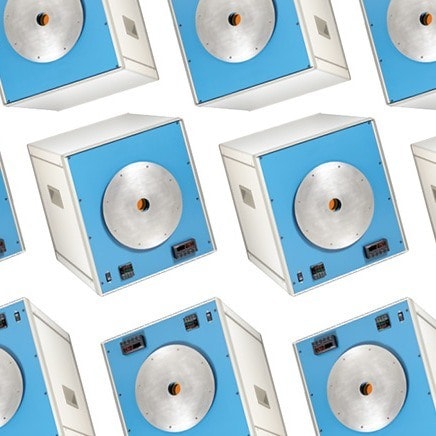Can You Take Body Temperature with Infrared Thermometers?
Yes. Infrared thermometers are capable of detecting the temperature of the human body. However, the device measures the surface temperature of the body. For clinical temperature measurement, you should use contact thermometers. Also, infrared thermometers are useful for screening purposes, many customers find this solution to be faster with less manual setup. If the device detects elevated temperature in an individual, further clinical diagnosis is necessary to confirm the temperature spike and its possible cause.
Can Infrared Thermometers Detect COVID-19?
No, a thermal imaging camera cannot be used to detect COVID-19. Although, a thermal imaging camera used today in public spaces, or by essential services such as manufacturing and shipping as an effective tool for measuring skin surface temperature. When using a device, you will be able to identify a person with elevated skin temperature. Then, that person should be better screened by medical professionals.
What Technologies Are Available for Non-Contact Body Temperature Readings?
Non-contact temperature measurements are possible through infrared (IR) thermometers and thermal imaging cameras. While both devices use the same principle of detecting infrared radiations emitting from the body or object with mass, thermal imaging cameras are more sophisticated and include companion software that uses AI for ambient temperature calibration and face detection to only detect facial temperatures and prevent false alarms. These cameras are also capable of screening groups of people at a time with better accuracy even from a greater distance.
Can You Use an Infrared Thermometer on Humans?
Yes. You can use infrared thermometers on humans. These devices are completely safe for adults as well as kids as they simply measure the infrared light emitting from the body. The only protective measure you should be taking while taking temperature measurements is to disinfect the thermometer regularly to keep it clean and protected from germs that may spread infection.
How Does Thermal Imaging Technology Work?
Infrared energy has a wavelength starting at approximately 700 nanometers and extends to approximately 1mm. Wavelengths shorter than this begin to be visible by the naked eye. Thermal imaging cameras use this infrared energy to create thermal images. The lens of the camera focuses the infrared energy onto a set of detectors that then create a detailed pattern called thermogram. The thermogram is then converted to electrical signals to create a thermal image that we can see and interpret.
Are Forehead or Temporal Thermometers Accurate?
Temporal artery thermometers, often known as forehead thermometers are the most accurate alternative to rectal and ear thermometers with accuracy levels usually in the range of ±0.4°C (± 0.7°F), or ± 0.3°C (0.5°F). However, the accuracy of these devices depends on several factors, such as the distance between the device and the body surface, the environment where measurements take place, adherence to measurement procedures, and the device's quality.
What is Normal Forehead Temperature?
Several medical studies show that the surface temperature of the human body in the range of 87.8°F (31°C) to 96.08°F (35.6°C) is considered normal. Temperatures higher than 99°F (37°C) is suggestive of fever. For more information on human temperature visit 'Body Temperature: What Is (and Isn’t) Normal?'
How Close do You Need to be to an Individual to Measure Body Temperature with IR Thermometers?
For accurate temperature measurements, infrared thermometers require to in plain viewing of the individual without any obstruction between the body and thermometer. Obstructions will lead to inaccurate results. The optimal measurement distance for non-contact IR thermometers usually ranges between 5 cm to 15 cm.

